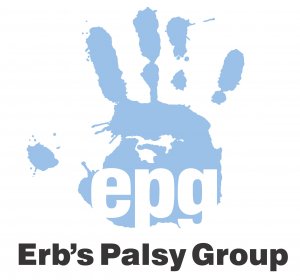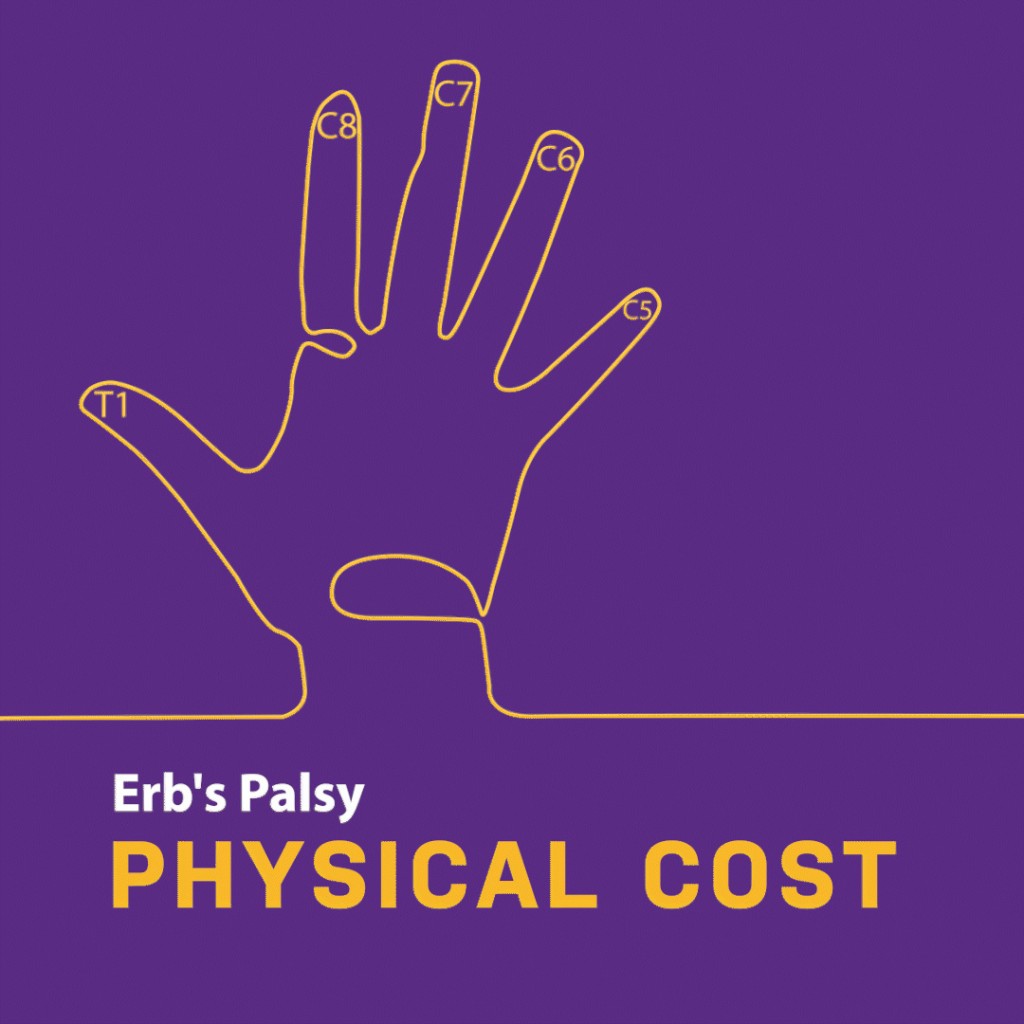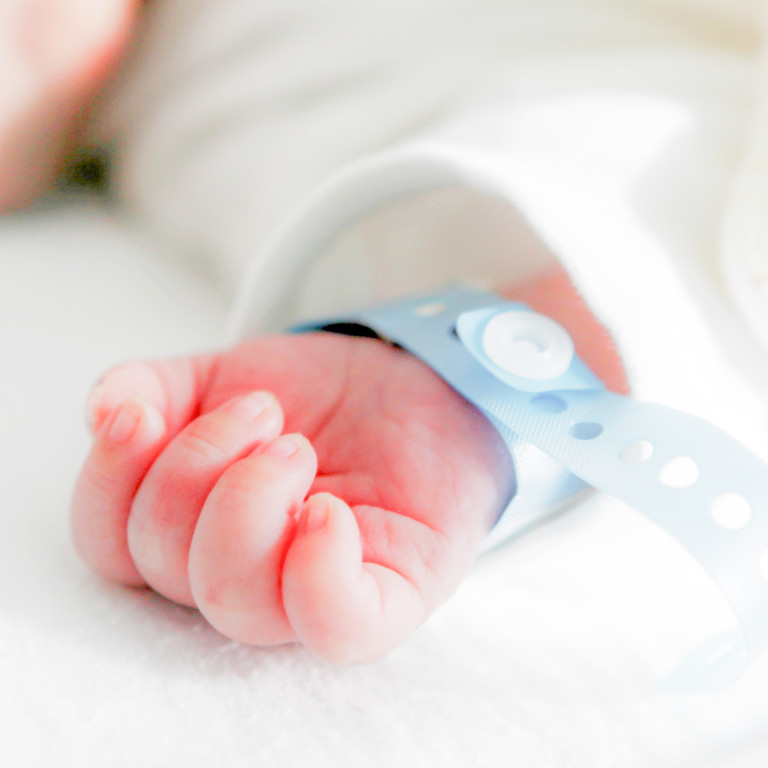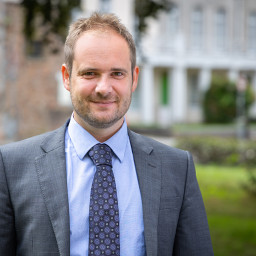Erb’s Palsy is a disability of the arm, shoulder and hand which arises through nerve damage usually at birth. As an individual with Erb’s palsy the impact will differ to a greater or lesser degree, but in general terms the physical cost of the disability on the individual can include:
Having a weaker, less useful arm
A limb which has less strength and stamina and has reduced range of movement in all areas (shoulder, elbow, wrist and fingers), making bimanual tasks difficult and reducing independence.
Having a visible physical impairment.
A shorter and smaller arm and hand. A sloping shoulder, winging scapular, reduced muscular mass and definition. Asymmetrical posture. Scarring from surgery.
Needing Surgery/therapy
Surgery to repair or mitigate the initial damage or improve function, or to deal with secondary problems which might develop through maldevelopment or wear and tear.
Lifelong therapy to maintain movement/function and avoid deterioration, achieve independence.
Suffering Pain/discomfort
Neuropathic pain caused from the nerve damage, pain following surgery or aches and pains from over exertion, overuse or compensatory movements to maximise range of movement.
Abnormal sensations, hypersensitivity, or loss of sensation.
Degenerative change
The risk of developing osteoarthritis due to abnormal wear of joints or overuse of unaffected arm.
Meet Harry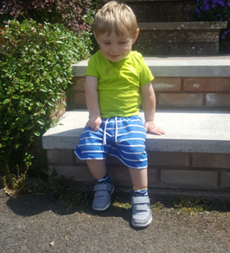
When Harry was born his brachial plexus was severely damaged, with all 5 nerve roots being affected (C5,6,7,8,T1). Harry has a grade IV injury being the most severe injury possible. Initially he had no movement in his right arm at all. At only 16 weeks of age Harry had exploration surgery at a specialist centre at Leeds General Infirmary. The surgeons discovered that the nerves were so badly damaged, there was little that could be done to repair them. Nerve transfers were performed but unfortunately this proved not to be successful.
Harry’s disability was immediately obvious by the paralysis of the arm but also because the arm was held in an internally rotated position known as the “waiters tip”. He also has a Horners syndrome
When he was 3 ½ Harry had more surgery - a free gracilis muscle transfer and a shoulder release. The aim was to restore some movement to the arm but also to deal with the deformity of the shoulder joint which had developed, a secondary problem as a consequence of interrupted nerve supply. He was in a bulky plaster cast which surrounded his waist and arm for 6 weeks.
Since he was born Harry’s family have had to do daily physiotherapy exercises with him to maintain the muscle strength and range of movement he has and to avoid deterioration. He has also had hydrotherapy. Despite his young age he has seen many specialists; surgeons, occupational therapists, physiotherapists and attended multiple appointments – often having to travel hundreds of miles to specialist centres across the Country.
Because of the very limited function of his right arm, Harry struggles with balance greatly and often falls or bumps into things. He struggles with everyday tasks such as zips, opening wrappers, putting on socks, and tying laces. Harry needs a lot of help and support from his family for everyday tasks which we all find easy to manage. But what is most frustrating for Harry at the moment, is not being able to climb on the playground equipment like his friends.
Harry is only 7 years of age and will remain under specialists for many years and is likely to require further surgery. Despite all of this Harry is described by his parents as a lively boy who will give anything a go with a huge smile on his face, and although he has moments of sadness when other children make negative comments, these are short-lived. His attitude (re-enforced by his parents) is that it is not an arm that makes you amazing – HE is what makes him amazing.
How can I get help?
Please visit our website here for more information on Erb's Palsy.
Click here to see a video on 'Erb's Palsy: Better Care Costs Less' by PROMPT Maternity Foundation.
For support with the condition please contact the Erb’s Palsy Group at here.
